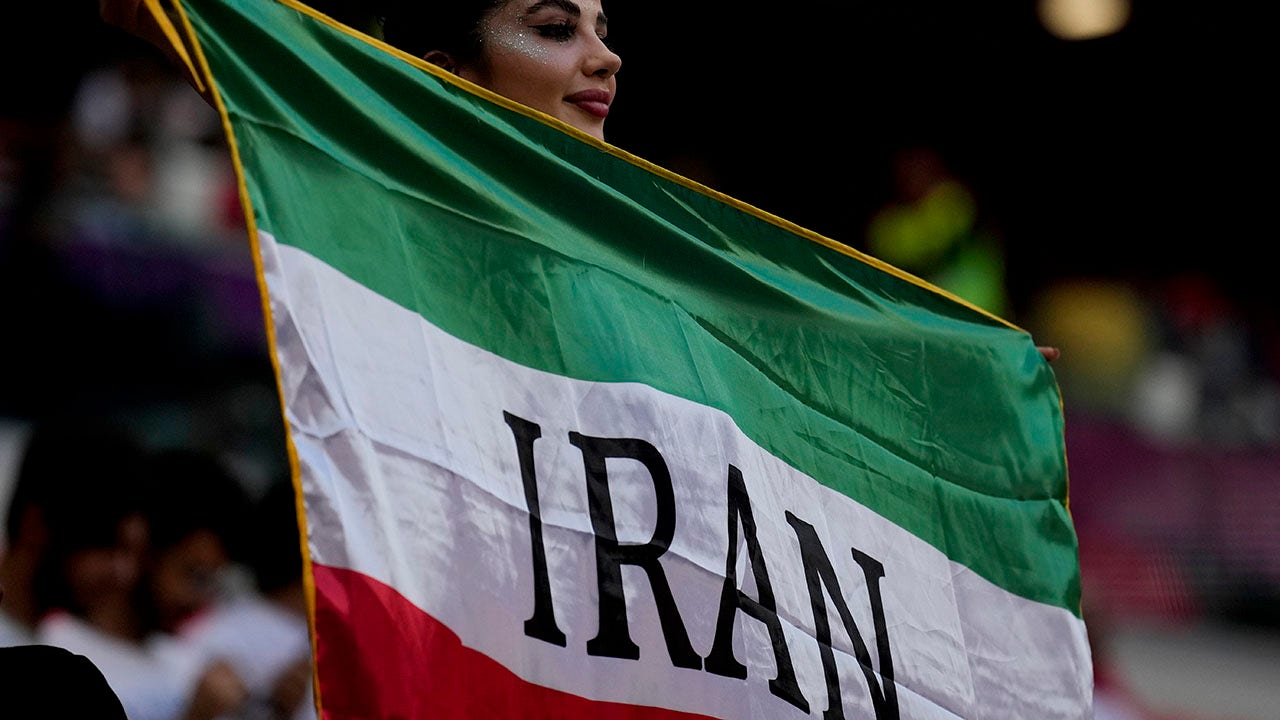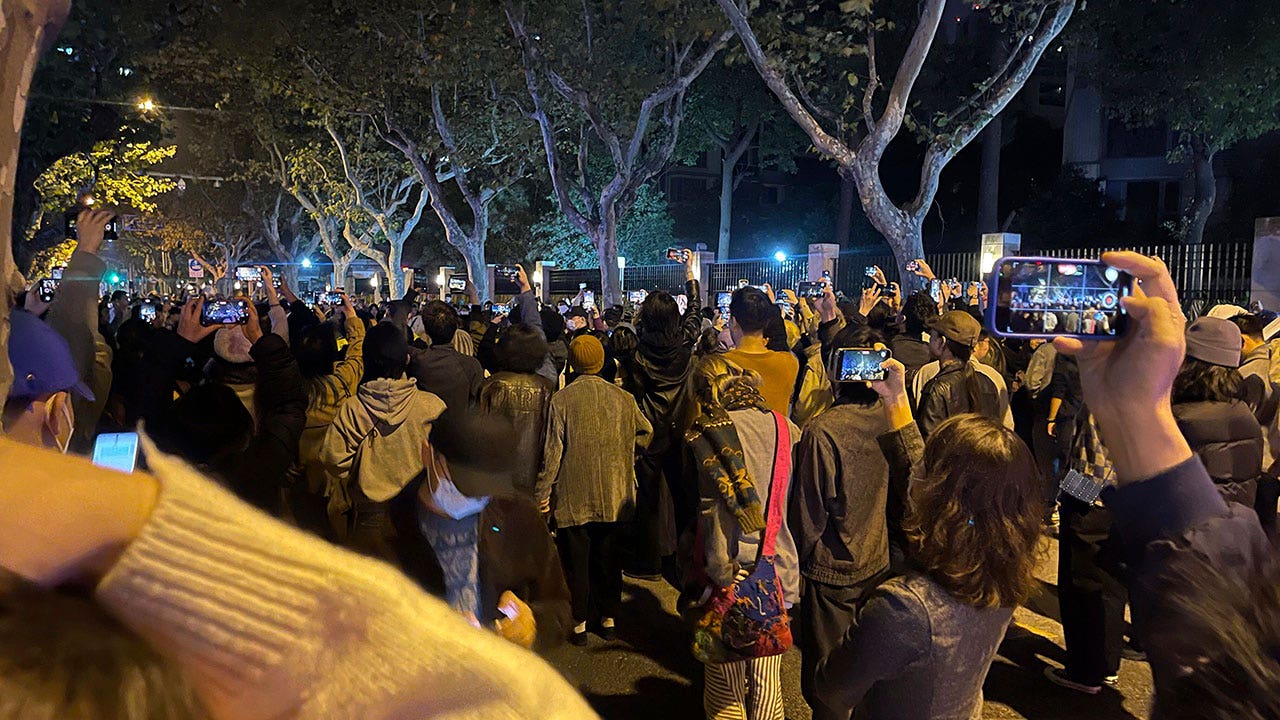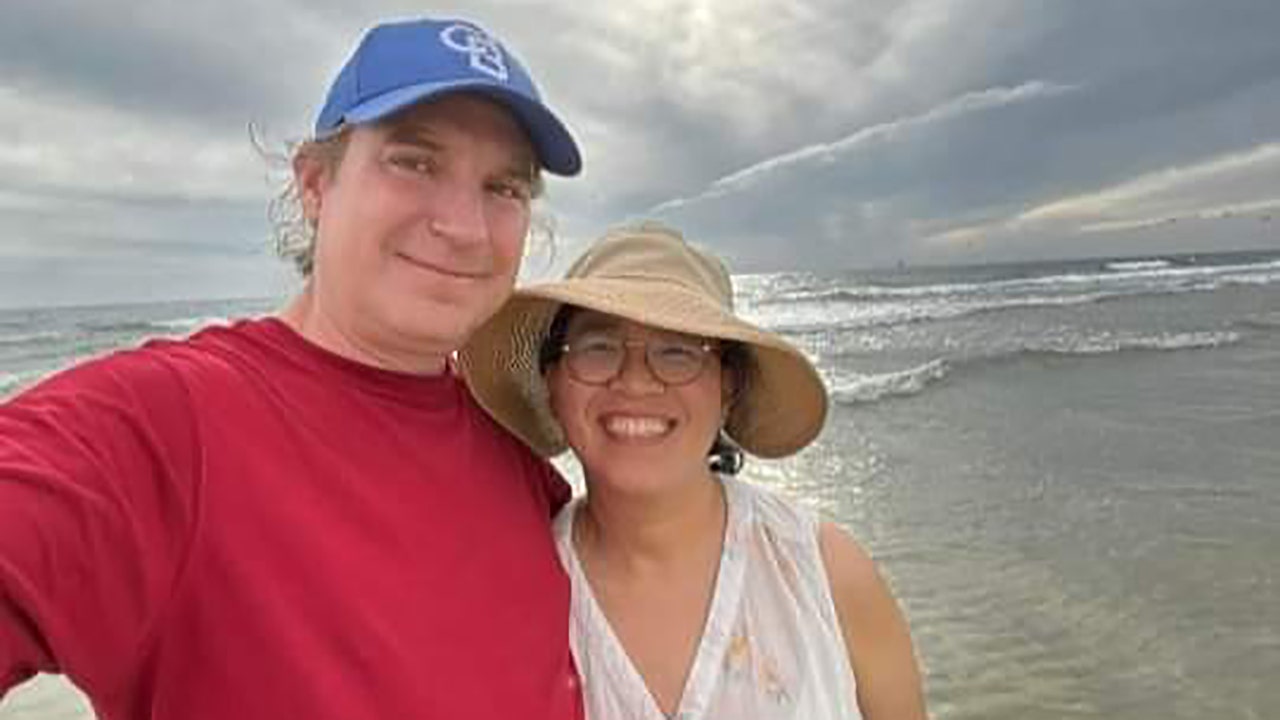Samurai artist Tetsuro Shimaguchi, head of the samurai school Kamui, is training a new generation of youth from around the world in the ways of the sword, as well as the warrior’s mindset.
Tetsuro has visited 140 cities, operates dojo in multiple countries, and oversees the largest samurai-centric cultural preservation campaign in the world.
He arrived in Washington D.C. on Wednesday ahead of his performance at the city’s Cherry Blossom Festival opening ceremony. He will also make a special appearance for an NBA halftime show at CapitolOne Arena.
“Even if I die, I want to leave a legacy of samurai culture for the future,” Tetsuro told Fox News in an exclusive interview. “This is more important now than ever.”
RUSSIA-UKRAINE WAR: THE STORY BEHIND VIRAL PHOTO OF UKRAINIAN AMBASSADOR WITH SAMURAI SWORD
Tetsuro began his study of the samurai tradition as a college student. With a background in performing arts such as kabuki and previous experience with martial arts such as karate, Tetsuro began to understand the samurai lifestyle as not only a discipline from the past to study, but an art form to be revived.
“People think, ‘Ah, I can’t be a samurai. They’re so cool, and I’m just a normal person.’ But that is not the case,” Tetsuro told Fox News. “I have noticed that the speed of society is moving way too fast and people have much less patience than they used to.”

Kamui promotional photo, provided by Kamui Dojo
The samurai warrior is one of the most iconic cultural symbols of Japan, both past and present. The swordsmen were a class of nobleman devoted to serving regional lords as soldiers, diplomats, and guards. As Japan began to modernize in the beginning of the 20th century, the samurai transitioned into a more legal and political role in the Japanese peerage system, similar to the United Kingdom’s House of Lords.
Following World War II, the Japanese nobility was abolished, and the official status of “samurai” evaporated.
Now, the term no longer denotes an office or privilege. Instead, the Japanese see themselves as the public inheritors of the “samurai spirit” and the Bushido code.
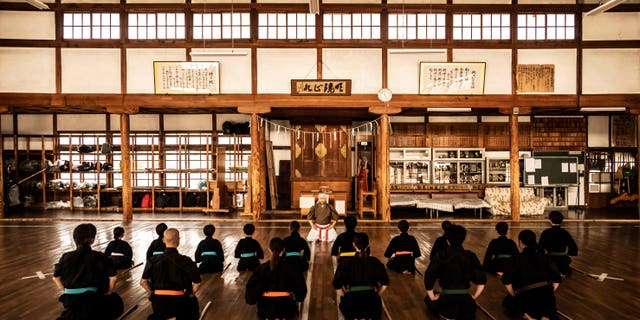
Kamui promotional photo, provided by Kamui Dojo
While the affinity for samurai still exists in Japan, younger generations are drifting further and further from their classical culture. As American cultural supremacy and the allure of European design and fashion saturates the Japanese market, fewer and fewer Japanese youth desire much interaction with the samurai lifestyle.
“Today, Japanese people are using their smartphones so much. They need to reach out and make more direct connections across cultures,” Tetsuro said. “It has the ability to really move people’s emotions.”
“The problem is that you need to understand and appreciate something that you can’t see or touch,” Tetsuro explains. “But with performance, you can see it. It has a stronger feeling.”
“It’s not just about the sword,” Tetsuro said. “There’s more to samurai than fighting.”
Tetsuro’s testimony rings similar to one of the most skilled samurai in history, Miyamoto Musashi, who carried an undefeated record of 61 duels. Miyamoto also stressed the need for knowledge of the “unseen.” In his tome of accumulated teachings, Book of the Five Rings, Miyamoto urges the reader to explore not only combat techniques, but experiences and knowledge of the “spirit” and “nothingness.”
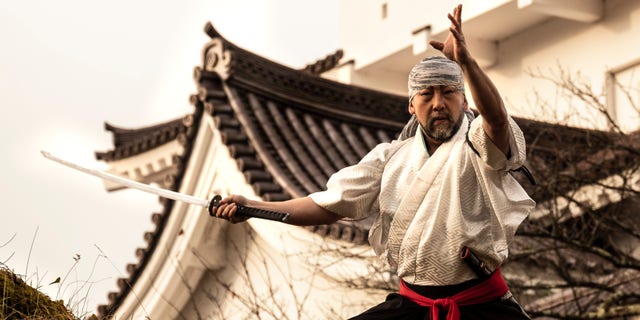
Kamui promotional photo, provided by Kamui Dojo
Samurai have historically been expected to compliment their skills as warriors with an extensive skill set in the humanities and religion. Samurai were prolific poets, artists, philosophers, and sportsmen.
“The image of the samurai cutting people down is still very strong, but there’s so much more than that.” Tetsuro said. “I want people to see that there is more to [samurai] than sword fighting. Education is the most important part.”
Tetsuro is currently working with Japanese regional governments and national groups to revive the samurai tradition, based out of his dojo in Aizu – the historic samurai city. He runs similar schools across the globe, and has students of many different races and backgrounds.
“The most important thing for samurai – for any powerful person – is honor, responsibility, pride, and preparedness for any situation,” he said.
Tetsuro said that experiencing foreign cultures from countries like the U.S. was like a mirror. By observing and participating in the interesting parts of other cultures, he was reminded of and understood better his own heritage: “It made me realize my own Japanese-ness inside of me – seeing and exposing myself to American culture.”
Comparing the American cowboy motif to the Japanese samurai, Tetsuro muses that while both are “cool” and “strong,” there is much more important lessons under the surface.
“While the gunfighting and swords are cool, what’s way cooler is having the responsibility and determination to fight for what’s right,” Tetsuro said. “I want people to start thinking like that.”
CLICK HERE TO GET THE FOX NEWS APP
Tetsuro made a recent splash in the U.S. after a photo of his cultural collaboration with a Ukrainian official went viral.
Ambassador of conflicts to Japan Dr. Sergiy Korsunsky was photographed in traditional samurai armor during the run-up to the ongoing Russian invasion of his home country.
“This armor was provided by samurai artist Tetsuro Shimaguchi. He is a friend of Ukraine and friend of [mine],” he continued. “It was a cultural project to put on full, real armor to feel how Japanese warriors were feeling themselves in a battle.”
The samurai photo shoot was not originally meant to be a rallying cry for support in the Ukraine. However, he said, “When Russia began threatening Ukraine, [I] decided to make an appeal to Japanese people who remember what the bushido spirit is. It was a simple message very well received by Japan.””This armor was provided by samurai artist Tetsuro Shimaguchi. He is a friend of Ukraine and friend of [mine],” he continued. “It was a cultural project to put on full, real armor to feel how Japanese warriors were feeling themselves in a battle.”
The samurai photo shoot was not originally meant to be a rallying cry for support in the Ukraine. However, he said, “When Russia began threatening Ukraine, [I] decided to make an appeal to Japanese people who remember what the bushido spirit is. It was a simple message very well received by Japan.”






